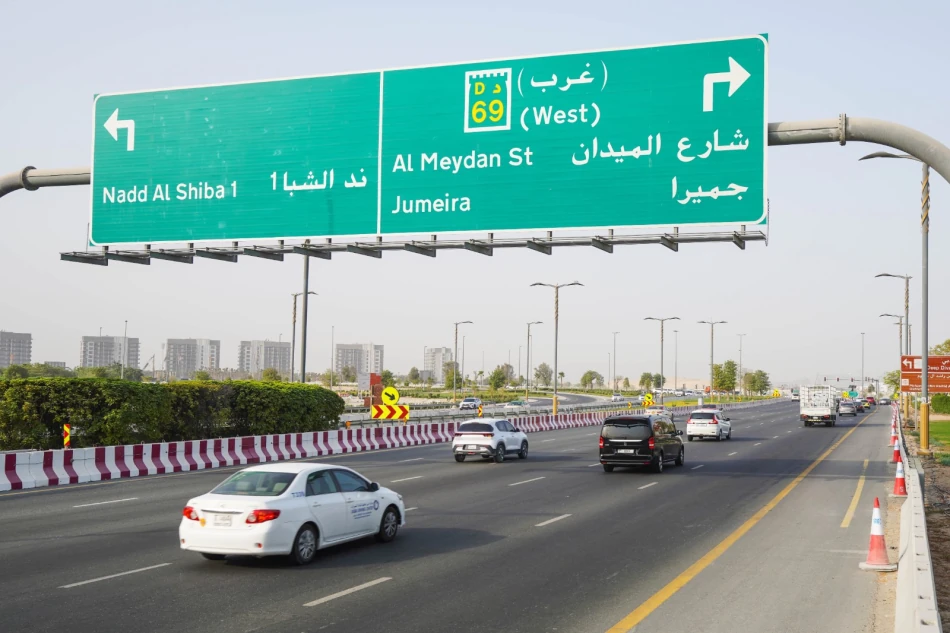
Dubai Roads Authority Implements Quick Solutions for Traffic from Ras Al Khor to Al Meydan Intersection
Dubai Fast-Tracks Traffic Solution as Urban Growth Outpaces Infrastructure
Dubai's Roads and Transport Authority has completed a rapid traffic improvement project expanding a key right-turn lane from two to three lanes at the Ras Al Khor-Meydan Street intersection, boosting vehicle capacity by 30% to accommodate the emirate's relentless urban expansion. The August 10th completion demonstrates how Gulf cities are racing to keep infrastructure ahead of breakneck development cycles.
Strategic Infrastructure Response to Growth Pressures
The expansion increases hourly vehicle capacity from 1,800 to 2,700 cars along the critical route connecting Ras Al Khor industrial area to Nad Al Sheba. This corridor serves as a vital artery for vehicles heading toward Dubai's Business Bay, Al Ghadeer, Al Quoz, and Al Safa districts—all experiencing intensive development activity.
The project specifically targets right-turn congestion for traffic flowing from the industrial zone toward Meydan Street intersection, a bottleneck that has worsened as Dubai's population and commercial activity surge beyond pre-pandemic levels.
Data-Driven Traffic Management Model
Dubai's approach reflects a sophisticated traffic management philosophy that other rapidly growing cities could emulate. The RTA bases infrastructure decisions on four real-time data streams: comprehensive traffic studies, control center monitoring, public feedback, and field observations by dedicated teams.
This systematic approach allows authorities to identify and address congestion points before they become major problems—a critical capability as Dubai positions itself as a global business hub competing with Singapore and Hong Kong.
Immediate Impact on Business Corridors
The timing is strategic. Dubai's industrial and commercial districts are experiencing renewed activity as the emirate benefits from geopolitical shifts that have redirected regional business flows. Ras Al Khor, in particular, serves logistics companies and manufacturers supplying both domestic and export markets.
Reducing peak-hour delays along this route directly impacts business efficiency, particularly for time-sensitive logistics operations and daily commuters traveling between residential areas and commercial districts.
Gulf Model for Urban Traffic Solutions
Dubai's rapid implementation—from planning to completion in weeks rather than months—contrasts sharply with infrastructure timelines in older cities. This agility stems from streamlined decision-making processes and substantial government investment in maintaining traffic flow as a competitive advantage.
The 30% capacity increase, while seemingly modest, represents the kind of incremental improvement that prevents small problems from becoming major infrastructure crises. Other Gulf cities facing similar growth pressures, including Riyadh and Doha, are watching Dubai's traffic management strategies closely.
The broader significance extends beyond traffic flow. As Dubai prepares for Expo legacy projects and continued population growth, maintaining efficient transportation networks becomes essential for economic competitiveness and quality of life—factors that directly influence the emirate's ability to attract international businesses and residents.
Most Viewed News

 Sara Khaled
Sara Khaled






